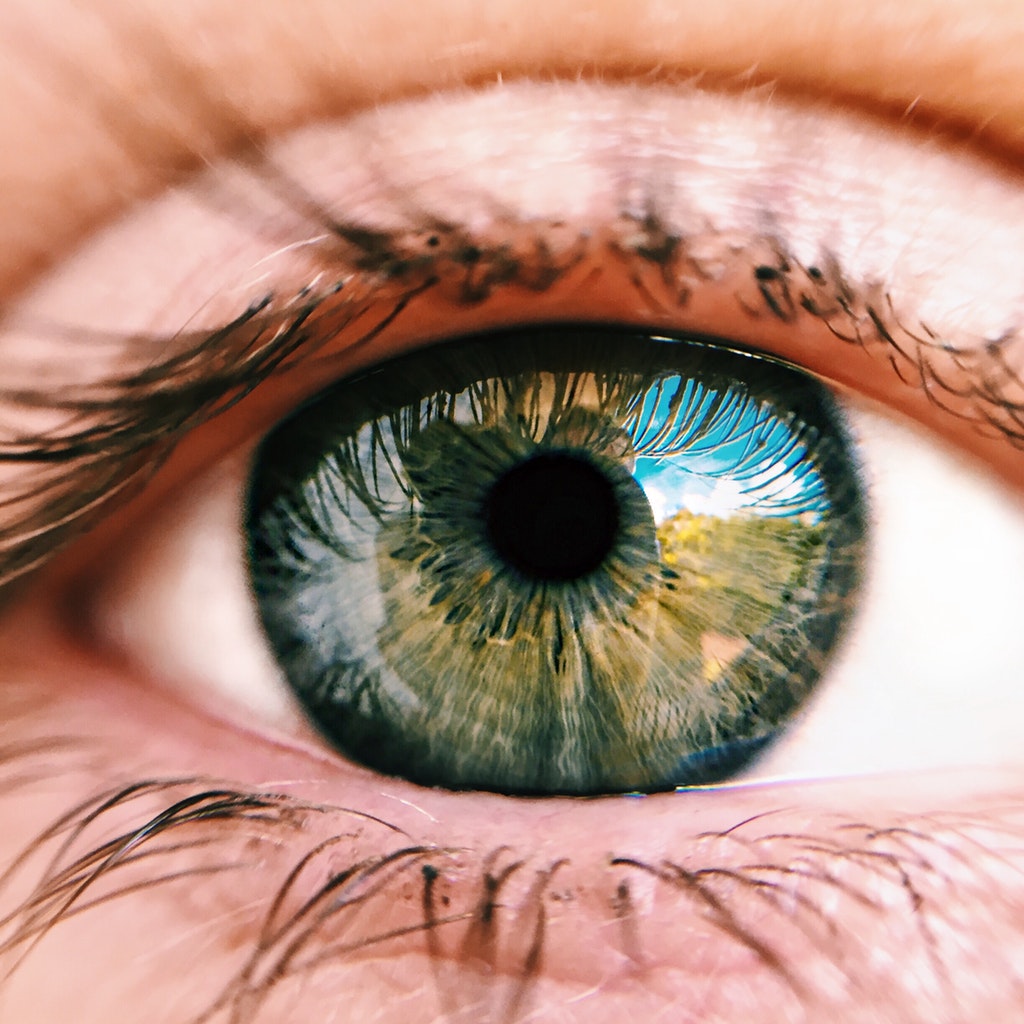Now my belief is that boy should have never had a corneal transplant. The mother states prior to the keratoplasty the child had a corneal scar but no pain, redness, tearing, photophobia, etc. — just poor vision from old trauma. In North America, we operate on patients with a unilateral corneal scar. That’s on the mark. But that may well not be appropriate in the developing world. A North American thought process may not always be correct when dealing with eye problems in the developing world. It took me a long time living and working in subSaharan Africa to figure that out.
The problem is not with the surgery — you can fly in an expert corneal surgeon with donated corneal tissue. No, the problem is no one will be following the patient 10 days after the keratoplasty, or one month, or three months, or one year. The idea that the post-op patient will have follow up care with a local ophthalmologist somewhere sounds good but usually doesn’t happen. The more rural (isolated) the patient, the poorer the patient, the less educated — the less likely for any useful follow-up. There are exceptions but if the patient is wealthy, well connected, and lives in the capital, well those patients may actually have the financial ability to get on the plane to the States, Canada, UK, etc. for their medical (eye) care.
If you give the post-op patient one, two, of three bottles of prednisolone acetate 1%, he/she will eventually use up the drops or just stop using them. Often the patient can not afford nor has access to more drops. The patient most likely will not be able quickly to get on a bus and return to the capital or second city (eye clinic) when there is a problem — rejection, broken suture, infection, acute elevated IOP, etc., etc. The patient may show up 4 -6 weeks later or one year later with pain, diffuse bullous keratopathy, hypopyon, or worst. I have seen that scenario over and over in the developing world. Often the well-meaning original corneal surgeon was from North America.
In the last year, I read a brief article (story) from a prominent eye institute in the States describing all their recent volunteer corneal transplants procedures in Latin America. It would be interesting to go back after one year and to have a look at those post-op patients. You might not be able to find more than 50%. But of the ones you can run down — how many still have clear corneas and what’s the visual acuity at distance without correction? If a patient has good vision in the other eye then the patient isn’t going to wear glasses (even if available and affordable) to improve the post-op transplant vision (astigmatism). Right? There are exceptions —- if you have someone with bilateral cornea scars and you take them from Hand Movements to 20/80, then you really have helped them. But not so much with a unilateral corneal problem.
So I would like to suggest unilateral corneal opacity/scarring patients not have penetrating keratoplasty in the developing world under most circumstances. I know there are exceptions but a lot of these patients with unilateral corneal problems don’t do well post-op. FIRST DO NO HARM. Oh, the 16-year-old boy I mentioned initially with the large corneal ulcer — his vision in the other eye at distance without correction was 20/20.

